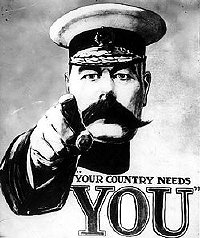|
English Language
|
Literature and Figurative Language
This is just one language domain, but one which produces a huge body of language of great variety and breadth. The intention may be to express or induce emotion, tell a story (see Hollow Point by Chris Wood), persuade a reader, enthral an audience, and the means may be with descriptive language, metaphor, analogy, allegory or rhetoric. We describe the domain function as poetic (creative and literary) or expressive (showing feelings and opinions).
 The
range is considerable, the overlaps with other varieties frequent, but
literature stands out as a hugely important and creative variety of language.
Using figurative language may take the reader beyond the here and now
to an area of imagination and invention rarely explored by other varieties;
literary devices can be much more effective than other means of narrating
events.
The
range is considerable, the overlaps with other varieties frequent, but
literature stands out as a hugely important and creative variety of language.
Using figurative language may take the reader beyond the here and now
to an area of imagination and invention rarely explored by other varieties;
literary devices can be much more effective than other means of narrating
events.
Contrast official documents recording events of the First World War and the novel "Birdsong" by Sebastian Faulks. The first is filled with facts which are significant but dull; the second takes some of those details and creates an atmosphere where we can feel, sympathise with and understand the characters and events.
Look also at the connotations and associations used by commercial and literary writers to add depth to their words.
Look at car
names and at descriptions of chocolates in
a box to see how language is used to suggest that the user is experiencing
a sensual thrill rather than just eating a chocolate or riding in a car.
In advertising, chocolate is not
about eating and cars are not about transport. They are arenas for using
language to persuade. And the oldest persuasion comes from language which
is literary in origin, from classical rhetoric
and from figurative devices.